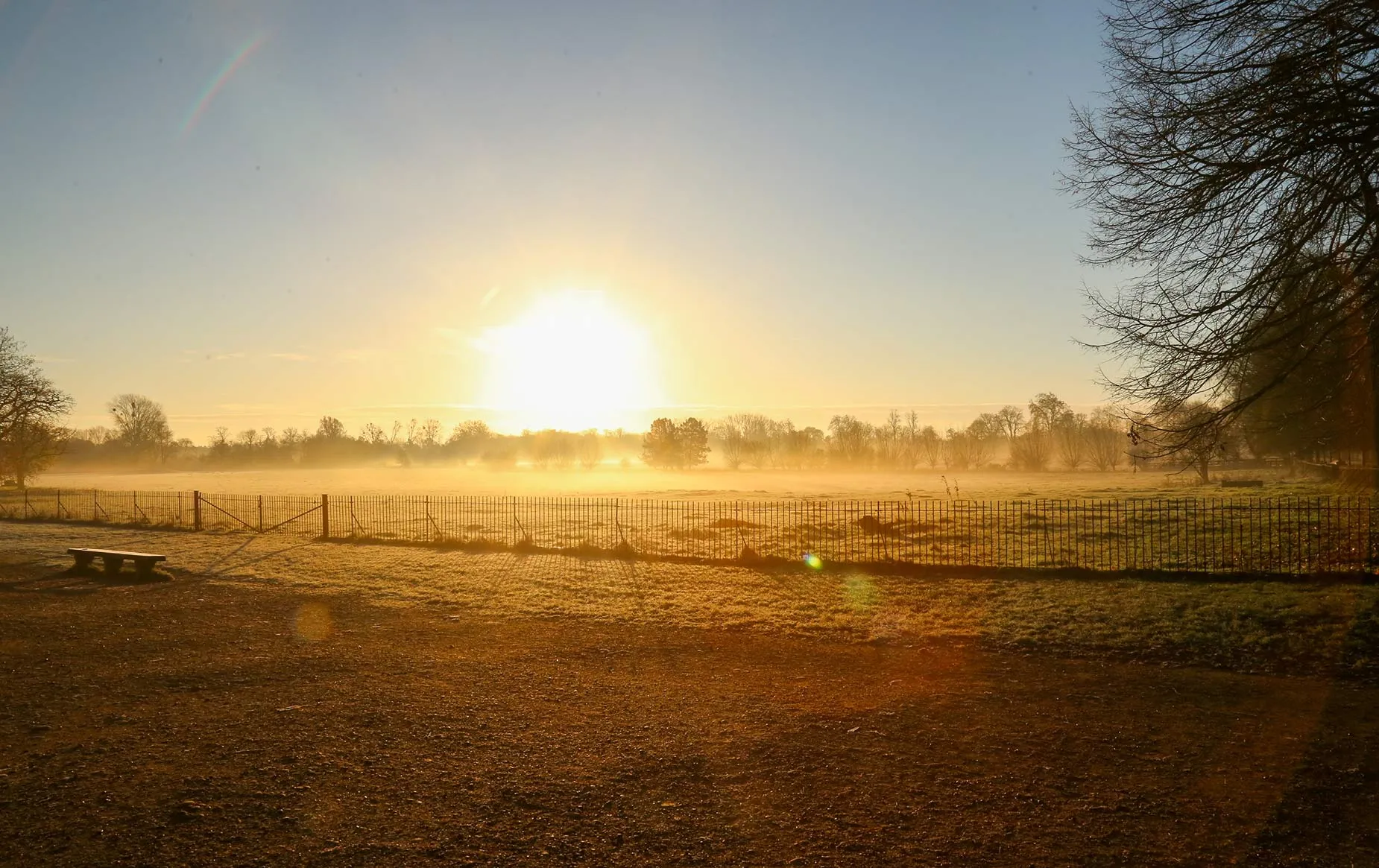Christ Church Meadow
A tranquil open space at the heart of the city.
All of Christ Church’s gardens and Christ Church Meadow lie within the Grade I landscape included in the English Heritage Register of Historic Parks and Gardens of special historic interest in England.
The Christ Church designed landscape is of the highest significance ... as an early example of ornamental walks, quadrangles and garden spaces, and as the designed setting for an extensive group of Grade I buildings.
The largest quad in Oxford, Tom Quad, or Great Quad as it was originally known, was laid out in the mid 1500s and apart from some alterations to the line of the paths and to the terraces in the 1870s very little has changed. There never appears to have been any planting other than the grass lawns.
Peckwater Quad was originally created in the early 1700s, it was only in 1936 that the lawns were laid out and the quad was, for a short period in its history, made more colourful with window boxes and stripy awnings.

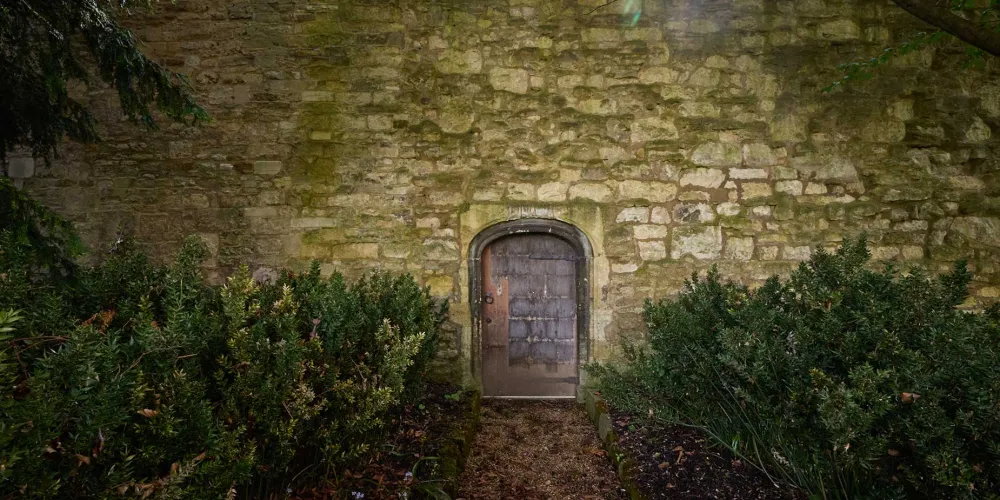
This was originally part of the St Frideswide’s Priory precinct and became a canonry garden. On the north wall is the door to the Deanery garden, featured in Alice in Wonderland, Alice being the Dean’s daughter at the time and the Cathedral Garden being the garden into which she was not allowed.
At the eastern end is the King Charles Gate created in 1642 to allow Charles 1, while in residence at Christ Church during the Civil War, to visit his wife, Henrietta Maria, who lodged at Merton College.
The Broad Walk is a busy promenade, with a wide gravel path, partly lined with trees in grass verges.
The Broad Walk has been a major feature of the landscape since at least the mid-17th century, when it replaced the earlier section of tree-lined perimeter walk.
The walk crosses the documented line of Oxford’s Civil War defences and is on the northern edge of the Meadow floodplain. It was much celebrated and is the most important surviving designed landscape feature of the Meadow.
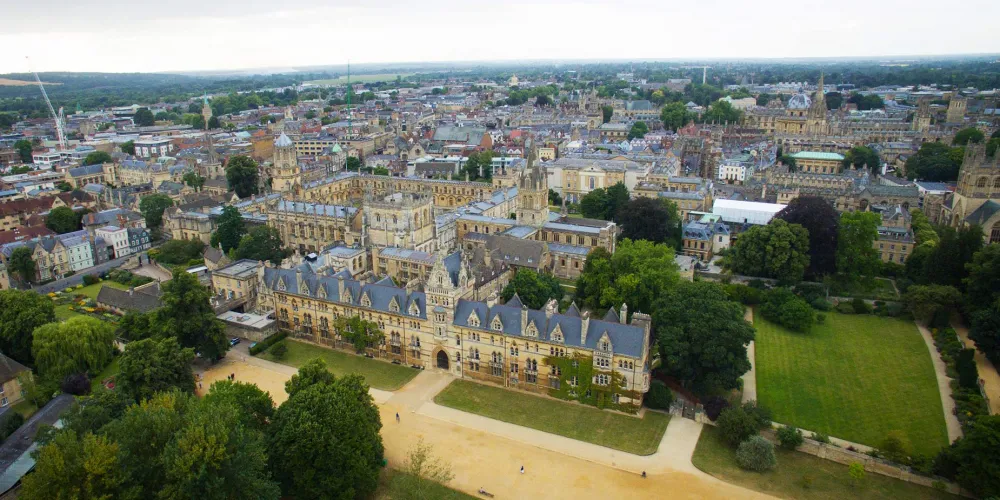
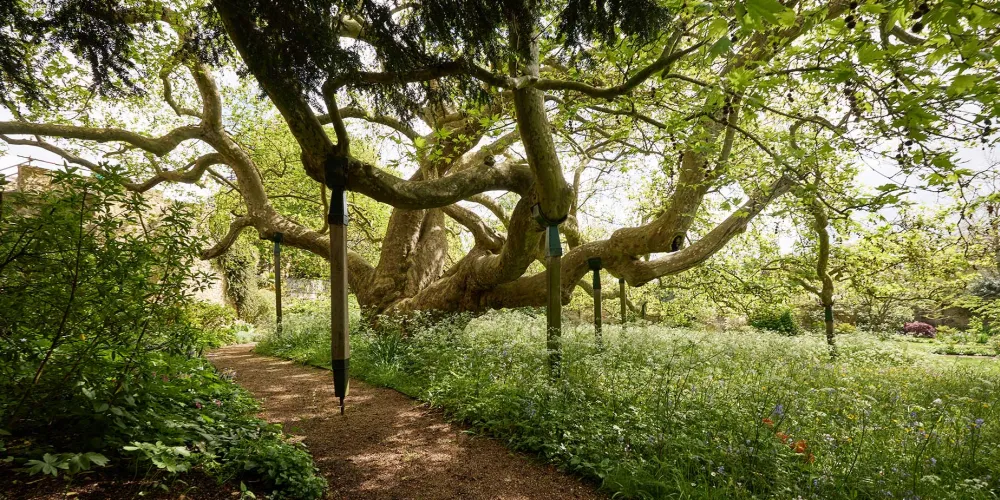
This is a part of the former Priory House garden and apart from the trees, of which the most notable is the Pococke tree, the planting dates to the 1990s.
The impressive Pococke tree, an Oriental Plane (Platanus orientalis) is on a slight mound which may be formed from its roots. The tree was named after Edward Pococke (1604-91), seventeenth century Regius Professor of Hebrew, believed by some to be the planter of the plane having collected the seed in 1636. The tree, although not particularly tall, has a girth of around nine metres.
Formerly part of the Meadow, the New Walk was planted as a raised walk with avenue planting in 1865, to provide access to the river, at the instigation of Dean Liddell as an improvement on the old way round, along the boundary wall by the Trill Mill stream.
The first phase of a replanting scheme was completed in spring 2015 when 10 over mature Hybrid Black Poplars which had started to cause safety concerns as they begin to decay and drop branches, were felled to be replaced by 21 Tilia x europaea ‘Pallida’ an historically appropriate choice of avenue tree. This scheme was awarded a letter of commendation from the Oxfordshire Preservation Trust in late 2015.
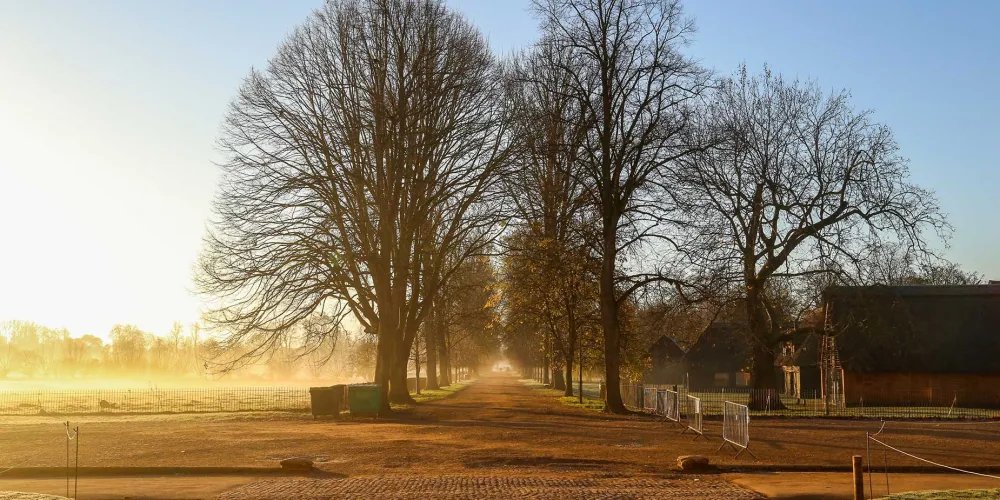
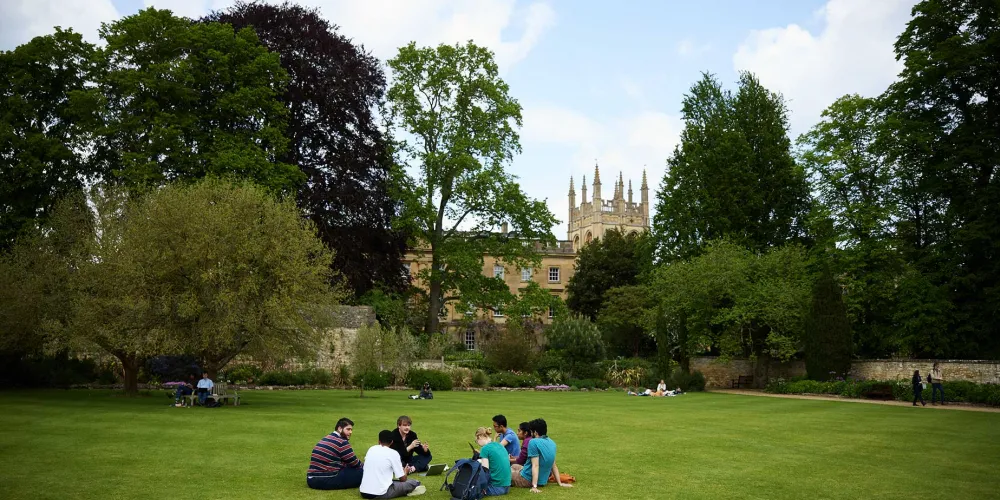
This garden is used by Christ Church students for part of the year for quiet recreation and playing croquet. It is also used for events including the triennial Commemoration Ball, wedding receptions and garden parties.
The origin of the garden’s name remains a mystery, as Christ Church does not have Masters and contrary to the traditional story, the garden was not won from Corpus Christi College in a poker game.
The current garden was created between 1926 and 1929 at the instigation of the then Treasurer, George Hutchinson and the character of the 1920s garden survives today, with subtle changes to planting.
At the south of the Meadow along the Thames, this area has been part of the perimeter walk with regularly planted trees since at least the 16th century. It affords views across the Meadow to Oxford and across the river Thames.
This popular area for walking and picnics has been more densely planted with trees from the 19th century and many exotic species have been tried here of which most have sadly failed.
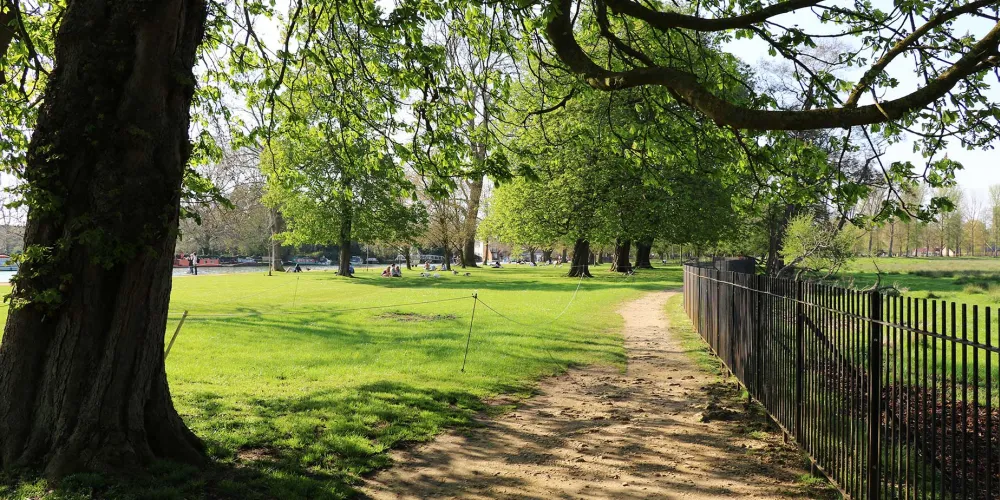
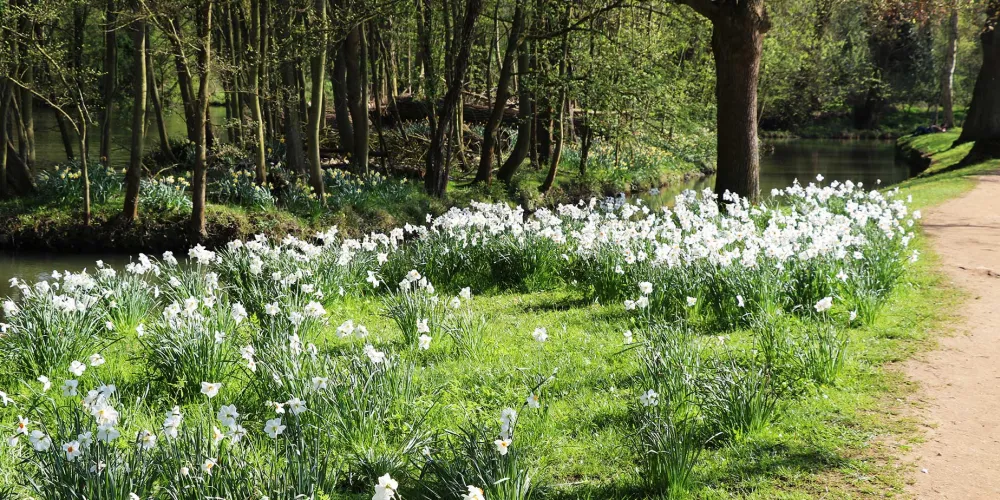
By 1578 the perimeter walk had been established along the west bank of the Cherwell, affording views across the Meadow and the river. It was marked on Agas’ map of 1578 ‘Christ Church Medows and Walkes’.
Sketches and watercolours of this attractive winding path along the Cherwell in the late 18th century, show smooth grassy banks and picturesque groups of trees.
Formerly laid out as an authentically-planted medieval garden with medicinal plants, camomile lawn and cowslips and plants commemorating the Virgin Mary.
This garden fell into some decay, and in 2008 it was redesigned in a simpler style with new stone paving, the lawn edged with lavender, and a lead planter inscribed with the words from Psalm 150: ‘The Leaves of the Tree are for the Healing of the Nations’, containing an olive tree, and a fountain representing peace.
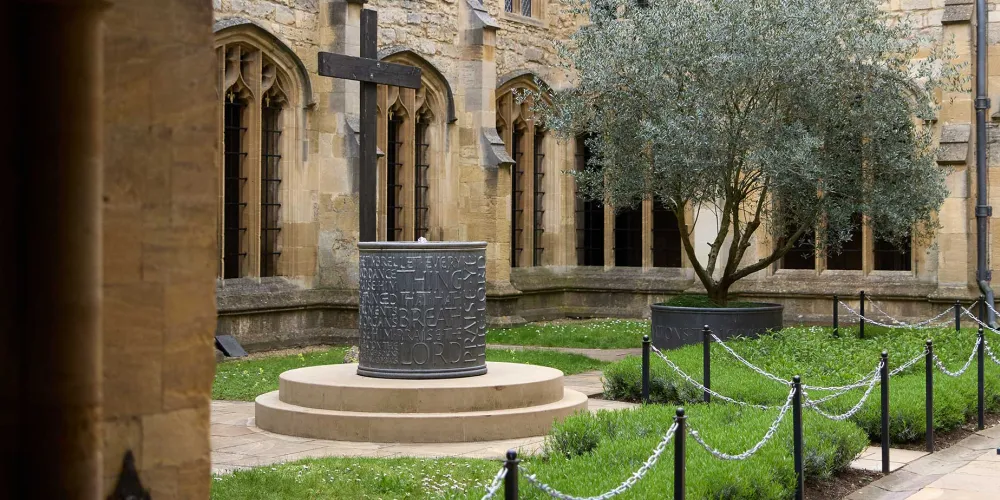
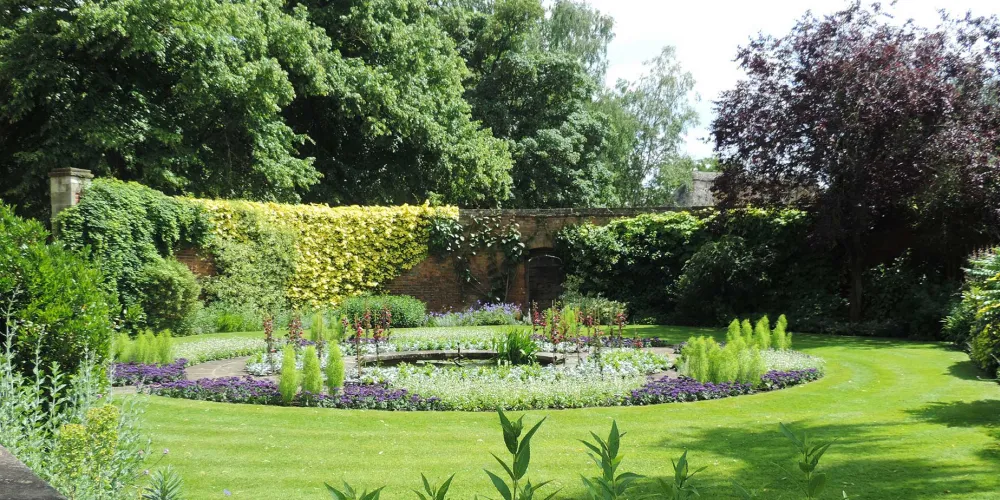
Until the construction of the Memorial gardens in the 1920s, this area was used as stabling and did not provide access to the Meadow. The War Memorial Fund was established in commemoration of the Great War dead of the college, and plans for a garden were developed in 1926-7.
The overall garden survives as designed in the 1920s. It retains the character of an Arts and Crafts style garden with its Yorkstone path, stone walls, and herbaceous borders.
